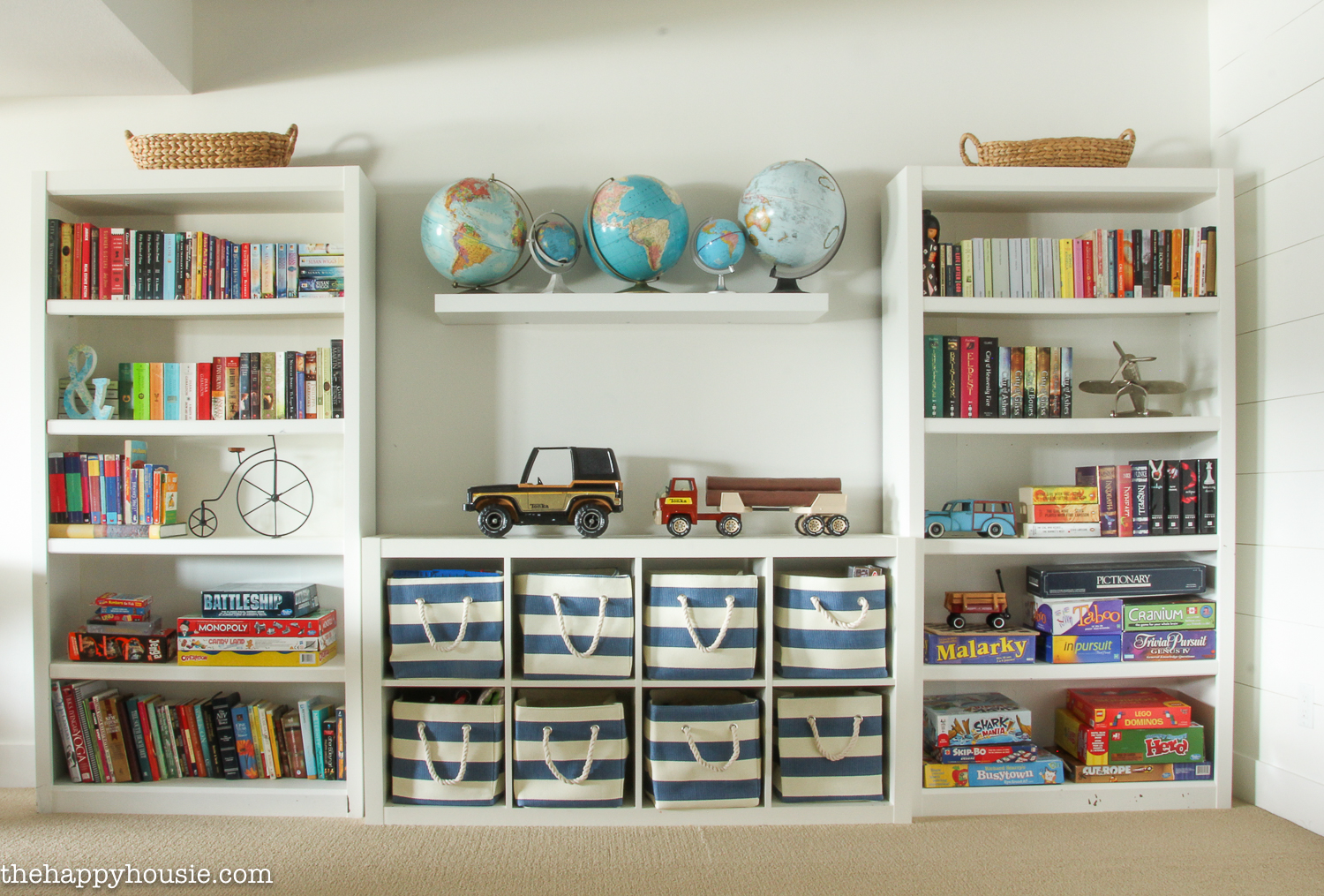

In pictures: The beauty of toilets
The dream for photographer Elena Heatherwick was to work for non-governmental organisations (NGOs), documenting lives and seeing the pictures she had made being used to effect change.
A recent commission from Water Aid gave her the opportunity to do just that, photographing remote communities in Rwanda and Madagascar, in the company of journalist Sally Williams.
But commissions like this did not come overnight.
After completing her studies in photojournalism, she became a mother and put the notion of foreign travel on hold, turning her lens instead on culinary creations for the Guardian food pages.
But persistence pays off, and she was eventually commissioned by the United Nations to photograph midwives in Haiti. The call came after the picture editor remembered her work from a competition the UN ran, asking people to submit a photo of someone they admired.
Heatherwick's photograph was of her mother, a doula, and though that image was one of many on an Instagram story, it was enough to clinch the commission.
While in Haiti she met one of Water Aid's staff and was immediately struck by the scale of the issue, that two billion people around the world did not have access to even a basic private toilet.
Heatherwick started to plan how she could take pictures that best represented the problem. She was fascinated by pictures of the toilet structures themselves, and soon decided this was what she wanted to photograph, alongside the communities.
Heatherwick and Williams had initially planned to travel to a number of countries, but Covid stopped them in their tracks, so they made it only as far as Rwanda and Madagascar.
In Madagascar, 90% of the population - more than 22 million people - do not have a decent toilet, and a third of Rwandans - four million people - are in a similar situation.
However, Heatherwick and Williams set out to visit two villages where things are much improved.
In Ambatoantrano, a remote village in the central highlands of Madagascar, and the village of Gitwa, in the mountains of southern Rwanda, nearly all households now have their own facilities.
As they arrived at each village they bought wood, hired carpenters and prepared a large white backdrop against which the toilets would be photographed.
Heatherwick wanted to treat the structures in the same way that an architectural photographer would document the latest high-rise building in a modern city.
"By isolating the structures from their surroundings, we hoped to showcase their designs, to make people look differently at an everyday object and to celebrate the heroes pushing for better sanitation across the world," says Heatherwick.
In addition, she wanted to make sure each one was photographed in a way that would highlight its beauty.
"When buildings are finished the photographer always shoots in the most epic light - so I wanted to apply that same reverence to these structures."
In reality of course, there were storms and cloudy days, so Heatherwick shot in black and white, allowing her to focus attention on the form, shape and their beauty. It also gives the work a uniform feel.
"Through talking to people in the communities it is clear that a solution for one is not something you can apply to the whole country, or the world," says Heatherwick.
However, in both countries Heatherwick and Williams found people were proud of the toilets they had built. Some were constructed by the whole village; others made their own.
But for Heatherwick, "it is the stories behind the toilets, the people, who have or don't have one, that is important".
The plan had been to show the work in a gallery, but for now you can see it online.
All photographs courtesy Elena Heatherwick / WaterAid / People's Postcode Lottery

-
-
-